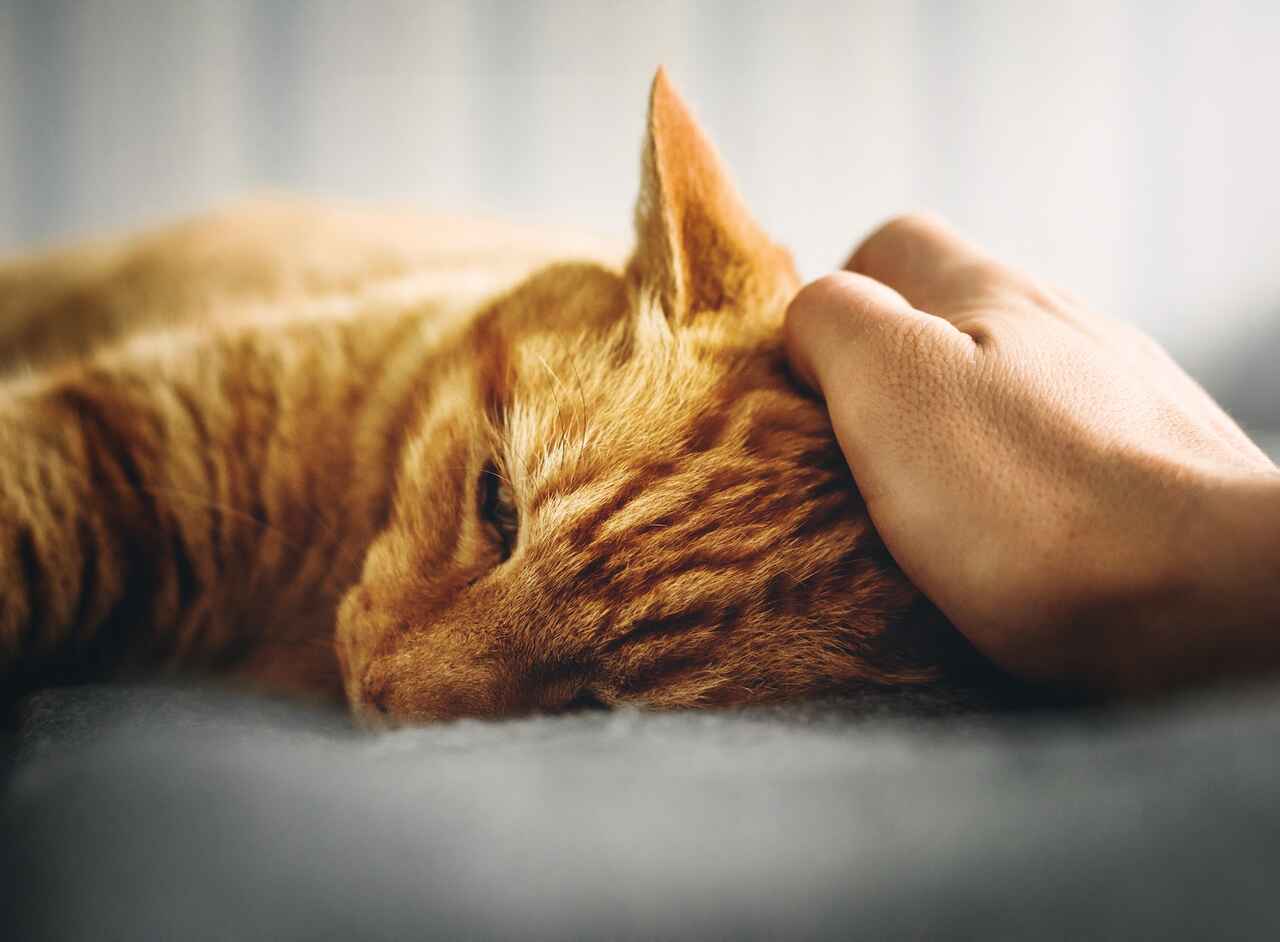
Your cat has the habit of vomiting around the house? Some cat owners have become accustomed to seeing this scene regularly. However, according to experts, feline vomiting should never be normalized.
+ Hilarious videos: Cats love sleeping in bizarre positions, but these went overboard
+ Teacher lived with over 300 cats, chickens, and ducks in deplorable conditions
But, before rushing to the vet with your cat, it’s essential to know that what your cat just did is not necessarily vomiting. According to Sarah Schmid, a veterinarian from the University of Tennessee, it might be interesting for owners to be able to determine whether it is vomit or something else.
The first option is the famous hairball. Healthy cats spend between 30% and 50% of the day grooming themselves, and a significant amount of that fur ends up in the stomach. Typically, it passes through the gastrointestinal system and ends up in the feces. When this doesn’t happen, you get a hairball on the floor of your living room.
Spitting up a hairball is not the same as vomiting, and it’s a completely normal process for cats. Still, even hairballs can be a sign of something more serious. “In a healthy cat population, 10% of short-haired cats and 20% of long-haired cats will have a hair ball two or more times a year,” explained Schmid to Live Science.
If it happens more than that (several times a month, for example), it’s a good idea to take your feline to the vet, according to her. It could be a result of excessive grooming, a sign that your cat needs regular brushing, or even an underlying gastrointestinal problem.
Another vomit look-alike is coughing. A cat coughing may seem like it’s vomiting, but all that comes out is foam or mucus. Nausea, on the other hand, occurs when a cat’s belly moves as if it’s vomiting, but the stomach is empty, so nothing comes out.
Finally, there’s regurgitation. While vomiting is an active process in which the abdomen contracts to bring the food up and out of the stomach, regurgitation is passive. In this scenario, the food that hasn’t yet reached the stomach simply comes back up.
It’s worth noting that just because it’s not always vomit doesn’t mean the fluids coming out of your cat’s mouth aren’t cause for concern. Each of these processes is very similar, and it takes years of training for a vet to discern the difference. When in doubt, call your vet.

